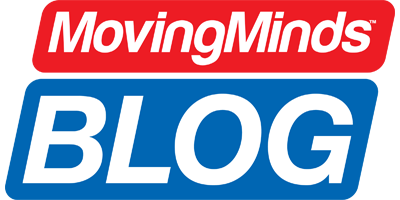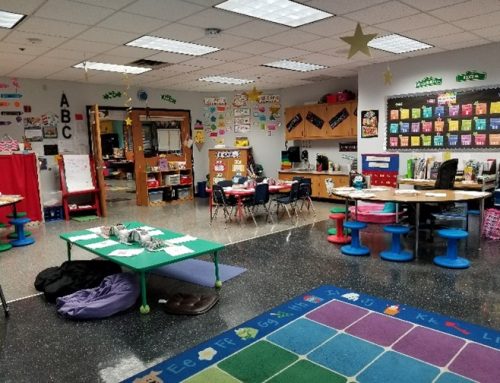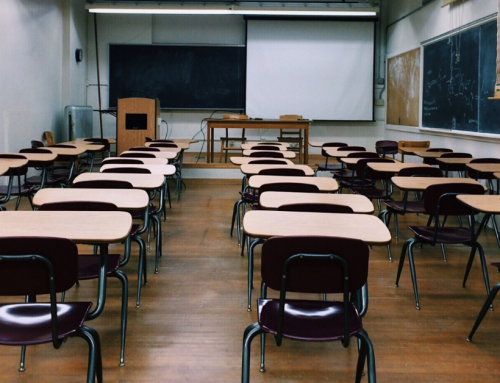As teachers, we really want students to be “still” and focused when we are trying to teach them concepts. It just feels right. It gives us the impression that the content we are teaching is actually sinking in. However, it is extremely difficult for students with Attention Deficit Hyperactivity Disorder (ADHD) to focus on a concept for an extended period of time. Especially, if you want them to be still while doing it.
Positive Outcomes
I have worked with colleagues to explore the notion of stability balls as desk chairs for youth, and we found positive outcomes in terms of classroom behaviors. Specifically, we found no increase in physical activity levels while children used stability balls, and we did find improvements in their classroom behavior. In another study, we found long-term increases with in-seat behavior for these students, along with improvements in their on-task behavior. The “newness” of the stability balls didn’t go away! You can see in the figures below how both behaviors improved over the course of 12 weeks.

Another study using air cushions and stability balls in place of chairs found an improvement in classroom behavior for children with ADHD. In addition, they found an increase in word production for both types of seating as well. The students were able to choose their seating, and both options were effective! As a result, giving these children options of dynamic seating may help with behavior and engagement in content.
Give Students Variety
While providing active seating for an entire class simultaneously has not been shown to be the best method for improving class wide behavior, allowing specific students the option has. For instance, my daughter’s 5th grade teacher has a variety of seating options (couch, stools, stability balls, mats/rugs). In her classroom, she allows the students to choose where they sit every day (as long as no conflicts occur). I haven’t conducted an official study on their behavior. Though, she definitely thinks it helps students to pay attention and get along with one another long term.
Suggestions for seating options include BALLance Stability Ball Chairs, StudyRocker floor chairs, Kore Wobble Chairs, Revolve Active Stools, and CushionED Active Seats, among others. Above all, I encourage you to try integrating these into your classroom slowly to see you like it!
Students Will Love These Options!
References
Erwin, H. E., Fedewa, A., Ahn, S., & Thornton, M. (2016). Elementary students’ physical activity levels and behavior when using stability balls. American Journal of Occupational Therapy, 70, 700220010. http://dx.doi.org/10.5014/ajot.2016.017079
Fedewa, A., Davis, M. A., & Ahn, S. (2015). Effects of stability balls on children’s on-task behavior, academic achievement, and discipline referrals: A randomized controlled trial. American Journal of Occupational Therapy, 69(2), 6902220020p1-6902220020p9
Fedewa, A. F., & Erwin, H. E. (2011). Stability balls and students with attention and hyperactivity concerns: Implications for on-task and in-seat behavior. American Journal of Occupational Therapy, 65, 393–399. doi: 10.5014/ajot.2011.000554
Schilling, D. L. (2006). Alternative seating devices for children with ADHD: Effects on classroom behavior. Pediatric Physical Therapy, 18(1), 81.
Heather is a Professor in the Department of Kinesiology and Health Promotion at the University of Kentucky. She is a former physical education teacher, and co-author of Dynamic Physical Education for Secondary School Children, 8ed. Heather was also the recipient of the NASPE Curriculum and Instruction Young Scholar Award and a AAHPERD Research Consortium Fellow.









Leave A Comment